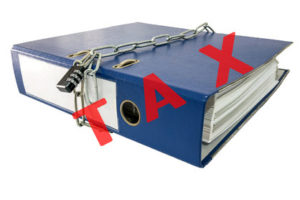Dave Mello
Horizon Retirement Advisors, LLC
The Tax Deferred Annuity
A tax-deferred annuity helps manage tax liability.

A tax-deferred annuity is a plan in which income tax on an original deposit of investment income is not charged during the investment period. The tax liability is deferred until the owner or beneficiary begins to receive (or accesses funds) periodic payments of earnings from the invested funds. This benefit is known as tax deferral or deferred annuity.
Tax Sheltered Annuities
One of the most attractive features of a tax-sheltered annuity is a tax advantage known as a deferral. Tax deferral is allowed as long as the funds in the annuity are kept intact and not touched by the annuity owner. The interest or earnings credited to the annuity grow and accumulate, tax-deferred, sheltered until the funds in the annuity are accessed by the sheltered annuity owner or their designated beneficiary. The accumulated funds in the annuity can then be accessed as a pension or supplemental income for the owner or beneficiaries’ income needs.
Tools can assist the owner in managing the future tax liability of a deferred annuity, and using these tools, the annuity owner can shelter tax liability and use the future accumulated value as an income option. The original deposits or the last funds to be removed from an annuity are never taxed, as the liability is only assessed on the accumulated tax-deferred portion. If the funds are removed, the full tax liability of the funds is due.
Partial removal of the tax-deferred results in tax liabilities on the amount is removed. But when the sheltered annuity owner uses the funds in a tax-deferred annuity as income with a fixed payment option, the tax liability can be managed and spread over a period chosen by the owner.
Income Tax on Annuities
This method of spreading the sheltered liability over a chosen period is known as the exclusion ratio, or income option, and allows the annuity owner control over the sheltered liability. The insurance company calculates the actual amount of taxable income and tax-free income (the refund of original deposit) when the annuity owner initiates a fixed payment period option. The amount of sheltered tax liability varies based on the original deposit, the accumulated earnings, and the income option selected by the annuity owner.
If a beneficiary inherits an annuity, the entire sheltered liability of the accumulated interest in a tax-sheltered or deferred annuity passes to the beneficiary. If the funds are removed in a lump sum, 100% of the sheltered liability is realized, but the IRS allows for a delay of up to five years in the beneficiary's receipt of income from the sheltered annuity, which provides for tax planning fitting the beneficiaries specific needs and situation.

Dave Mello
Horizon Retirement Advisors, LLC
707 Mount Rose St.
Reno, Nevada 98509
horizon@retirevillage.com
(775) 851-4754

Looking For Answers?
Download our Safe Money Guide and learn more about safe retirement options that can help you achieve your retirement goals safely - FREE!


